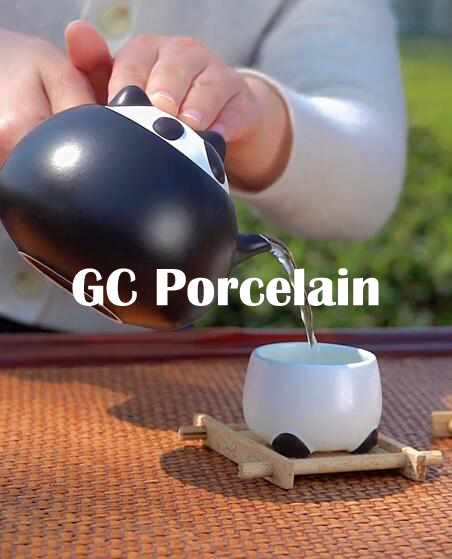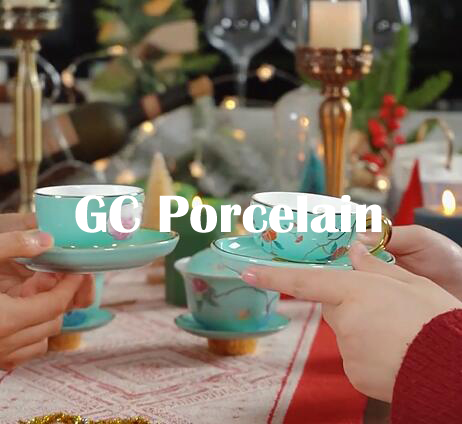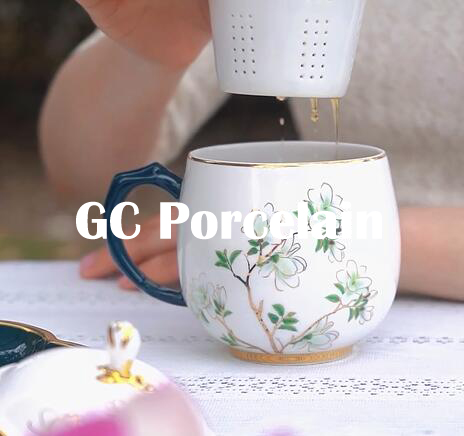Chinese ceramics are an important part of traditional Chinese culture, from the exquisite Yue celadon of the Sui and Tang Dynasties to the famous kilns of the Song Dynasty, the blue and white porcelain series of the Yuan Dynasty, and the contemporary famous ceramics, all of which have become dazzling stars in the history of world ceramics.
Experts say that the maintenance of ceramics is a technical task that requires caution but should not be overdone. Improper maintenance of ceramics can seriously harm them and is not conducive to their long-term preservation, especially for handed down and unearthed fine pieces, which should be carefully maintained.

Although ceramics are precious, some collectors are a bit confused about their maintenance. However, as long as the method is appropriate, they can be properly maintained and enjoy the joy of collecting. So, how should we maintain and clean our beloved ceramics in daily life?
Prevent shock, compression, and collision
Ceramics are fragile and should be protected from shock, compression, and collision during storage. It is best to wear gloves when viewing collections, pad the table with velvet, and do not pass the pieces around during viewing. Each person should finish viewing and then place the piece back on the table for others to pick up and view. Do not put two pieces of ceramics together. If they must be placed together, they should be separated by foam.

Avoid lifting with one hand
Bottles, jars, and zun are generally made by joining two sections from bottom to top. When moving, you cannot lift the upper part of the object with one hand. The correct method is to hold the neck with one hand and support the bottom with the other. Some bottles, jars, and zun are decorated with double ears. When picking and placing, you cannot just lift the double ears to prevent them from breaking or damaging. When picking and placing figurines, be careful with the hair and fingers of the figures, as these parts are the most delicate and easy to damage.
Thin-walled utensils, with thin walls, light weight, and delicate, need to be more careful when moving and placing. They should be held with both hands, not with one hand, especially bottles, which have small feet and a long body, and need to be windproof.
Placement should be appropriate
Newly bought high-temperature glazed or underglaze colored ceramics should be soaked in clear water for 1 hour first, then the oil stains on the surface should be washed off with detergent, and the water should be wiped off with a towel and put in a box. Regular maintenance can be done with a damp cloth to wipe the ceramics. Use a soft brush to sweep the dust from the ceramics, and a soft brush to brush the gaps in the ceramics. Do not wash unglazed pottery directly with water, because pottery is water-absorbent, and the surface of unearthed pottery is very loose, and the makeup soil on some bodies is already powdery and cannot be cleaned.
The box should be padded with foam, and the diameter should not exceed 0.5 cm after adding foam. The collection should be placed in the box appropriately and avoid squeezing to prevent damage to the collection.
Appropriate cleaning and removal
The low-temperature glaze and overglaze of unearthed pieces. Many impurities will seep into the glaze, and even the phenomenon of glaze and color peeling may occur. A small amount of adhesive should be added between the body and the glaze first, and then a softer adhesive should be applied to the color to prevent large areas of glaze and color from falling off. If it is a high-temperature glaze or underglaze color that has been buried underground for a long time, many calcium and silicon compounds, that is, earth rust, will be produced on the surface of the ceramics.
PlayFirst, wash it once with clear water, soak it in 3% hydrogen peroxide for about 3 hours, then soak it in clear water for more than 30 hours, clean it with a clean white cloth, and generally remove the earth rust. If it cannot be removed, brush vinegar on the earth rust with a brush, and after 5 hours, use a surgical knife to cut off the earth rust. The blade can only be cut in one direction. After most of the earth rust is removed, clean it with a white cloth and toothpaste until the earth rust is completely removed (this method is only suitable for high-temperature glaze and underglaze color).
Oil stains and other treatment methods
When washing oil stains and other dirt, the following skills and methods should be mastered:
- General stains can be washed with alkali water, or with soap, detergent, and then rinsed with clean water.
- In winter, when washing thin-walled ceramics, the water temperature should be controlled to prevent the ceramics from bursting due to the alternation of cold and hot water.
- Colored ceramics, some of which contain a lot of lead in the color, and lead appears, can first use a cotton swab dipped in white vinegar to scrub, and then rinse with clean water.
- If the ceramics have cracks or chipped cracks, stains are easy to seep into them. You can use a toothbrush dipped in some acidic liquid to scrub. However, overglaze colored objects cannot use this method because acidic and alkaline substances can easily damage the glaze color. If it is a gold-painted ceramic, do not use a feather duster to clean it, because the feather duster can easily damage the gold painting on the ceramic. Precious ceramics should be equipped with a corresponding size, with a gallbladder wooden box or wooden box for preservation and collection.
- If it is a gold-painted ceramic, do not use a feather duster to clean it, because the feather duster can easily damage the gold painting on the ceramic. Precious ceramics should be equipped with a corresponding size, with a gallbladder wooden box or wooden box for preservation and collection.
If you have any questions or need to custom dinnerware service, please contact our Email:info@gcporcelain.com for the most thoughtful support!






